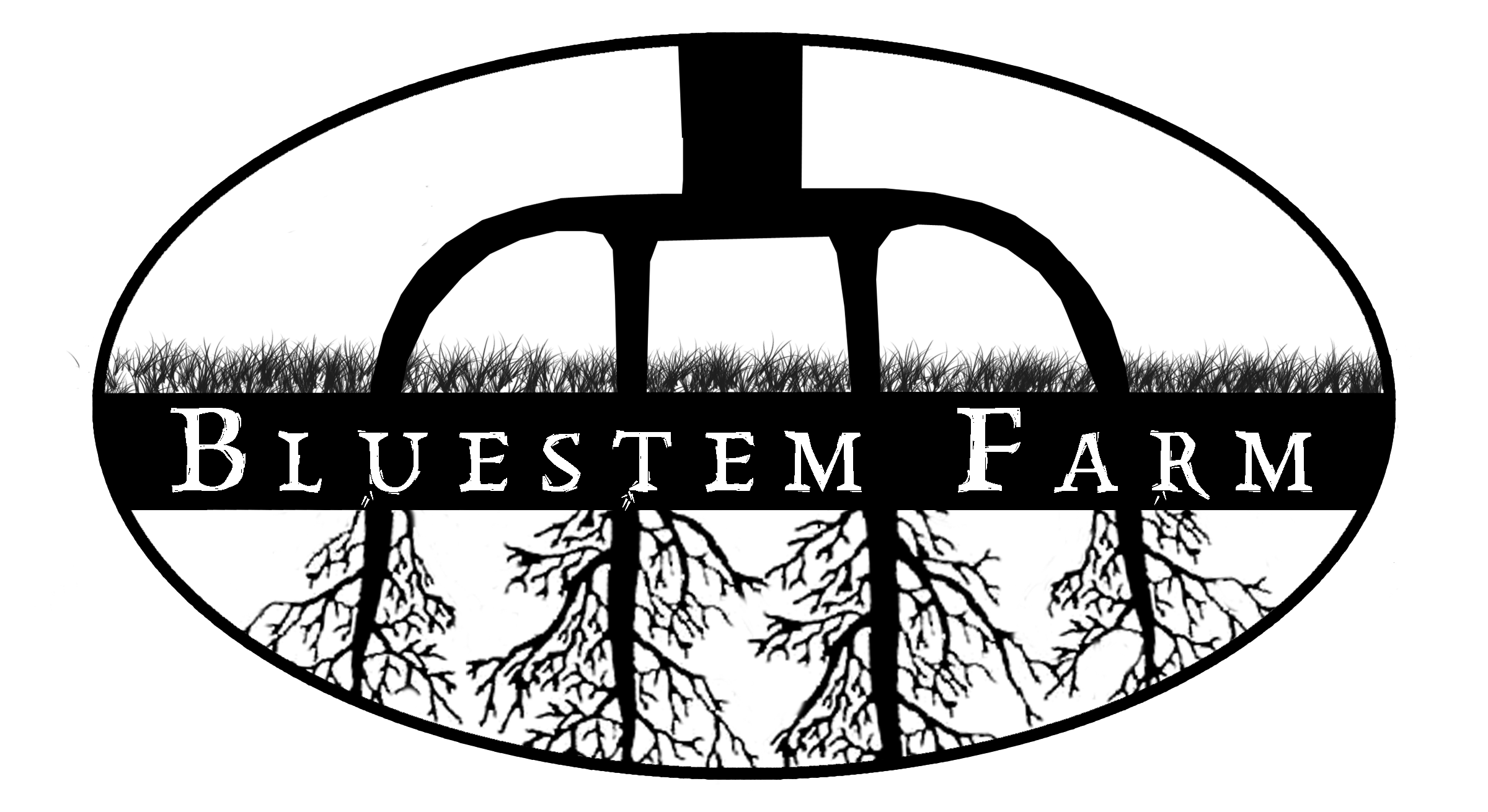Eat like a Farmer: Borscht
Borscht is a classic Eastern European soup, a staple of wintertime. Like so many treasured traditional recipes, there are as many variations of this soup as there are aunts and grandmothers and regions. This is just one way to make it, but it’s how Ana Vasilevna taught us.
This version of borscht has a few ingredients that we really treasure this time of year—beets, high in the pigment betaline, which gives them their striking red color.
Betaline also has anti-inflammatory and antimicrobial properties that are beneficial to your health. Added in at the end of the cooking time, when the soup has cooled down from a simmer and is ready to serve, naturally cultured sauerkraut is raw, nutritionally dense, and full of probiotics that help digestion and improve absorption of nutrients.
If you’ve ever tried lacto-fermented vegetables, you know they’re different from the one-note sourness of the grayish vinegar-pickled sauerkraut you can find on top of a ballpark hot dog. You can find naturally cultured sauerkraut at local health food stores.
Borscht
8 – 10 cups chicken stock
2 cups chopped onion
5 cloves garlic
2 tablespoons olive oil
1 quart of crushed tomatoes
5 cups chopped beets
3 cups sauerkraut
½ cup fresh dill
Heat a soup pot or Dutch oven over a medium flame and add the oil and onions. Sauté them over medium heat until the color deepens and the onions begin to stick to the pan. Add garlic and sauté a moment more. Add the stock and tomatoes to the pot, and as the soup warms, chop and add the beets to the pot. Once the beets are just tender, add the dill and sauerkraut and warm to serving temperature. Add a scoop of plain yogurt and extra dill for garnish.
Find this essay in the Petoskey News-Review here.

